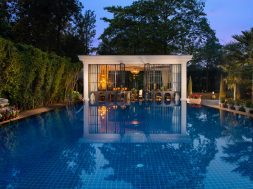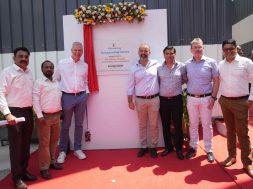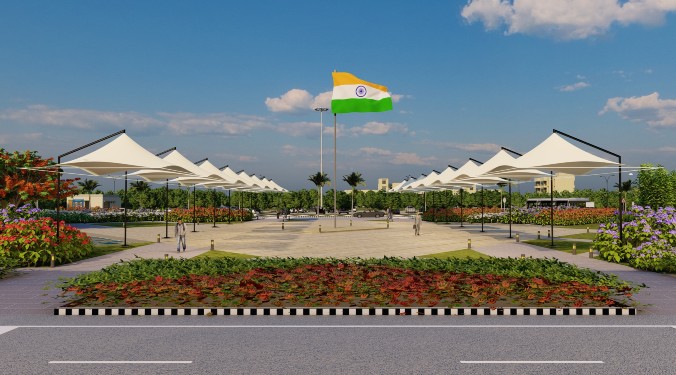The major challenge even architects are facing is climate change
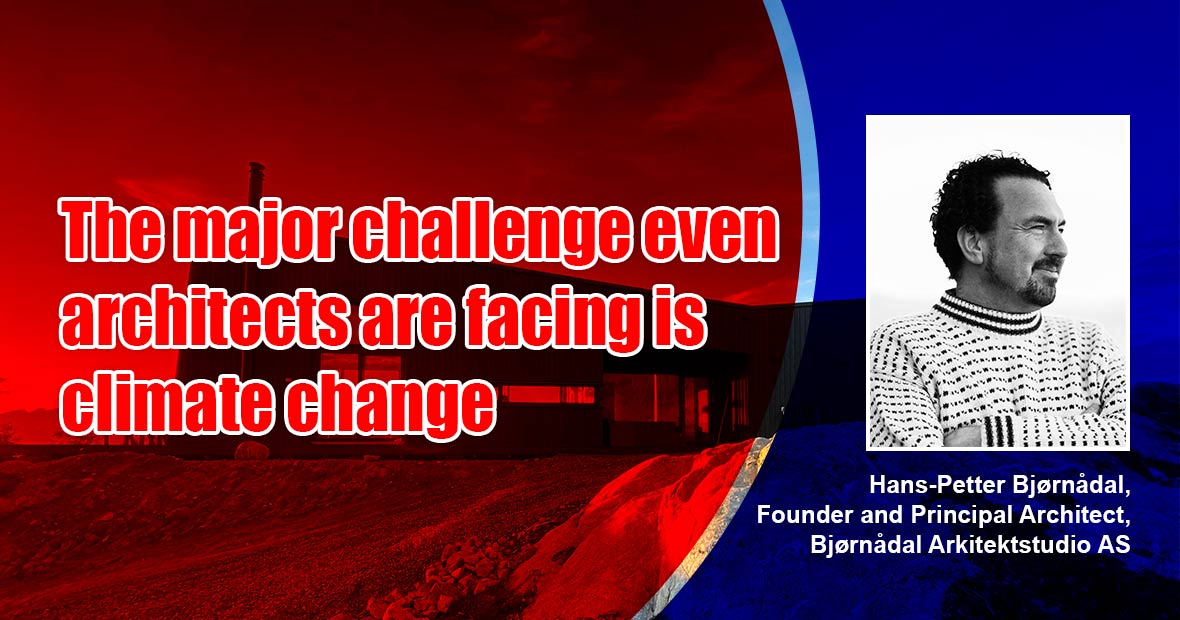
We constitute an industry that is responsible for around 40% energy consumption, that should make us take some major decisions in terms of the projects we do, the materials we use, and how we build. says Hans-Petter Bjørnådal, Founder and Principal Architect, Bjørnådal Arkitektstudio AS

What is your idea of good design?
I think a good design must be both poetic and holistic. The holistic approach means tapping into nature and being in tune with the community and humanity – the poetic side of the project reveals the bigger mysteries of life.
Who are some of the architects you adore?
I have just visited the Hamsund center building designed by Steven Holl. I love the poetic dimension of the project, which the visitor is experiencing as a form of an architectural spectacle. Of course, there are architects like Alvar Aalto, Frank Lloyd Wright, and Konow-Lund whom I adore.
At the onset of your professional journey, who are the architects you have worked with?
My architectural philosophy is based on a complex understanding of the landscape and the context; theories of an open form as taught by Professor Svein Hatløy, urban acupuncture as taught by Professor Marco Casagrande as well as montage and architecture of the event. Learning from those theories has made me consider architecture as not only a vessel of cultural significance that can shape a better future but also a way to show respect to the land and nature. I have been very lucky to be a student of Svein Hatløy who formulated the theory of an open form in Bergen school of architecture in Norway. I am glad I could also work very closely with Marco Casagrande and get a better insight into his philosophy. We have been doing workshops together in Northern Norway and worked with the indigenous knowledge of the Samis and traditional Scandinavian architecture. There has also been some literature that has had a major impact on me. Books by Lisa Henchows’s “Thermal delight in architecture” and Junichiro Tanizaki’s “In praise of shadows”, were eye-openers that made me think about thermal design and a meditative space. The meditative space encourages us to feel at one with ourselves; it also inspires us to be with other people and nature. That is poetry to me.

Is there any Indian Architect whose work you adore? In general, what is your take on architecture that emerges from India as also the rest of the Asian countries?
I admire Anupama Kundoo. I think she has somewhat the same style as Casagrande and Rintala. I think this is the correct way to approach a design on a more general level. There are many architects from India and the Asian countries working within this approach and it always seems to produce beautiful and authentic projects. I think it is so because one takes into account the site-specifics: the landscape, the people, the culture. It is not mass produced.
Which project according to you was among the first ones to put you in the hall of fame?
Klemet, the environmental theatre I designed in Hemnes, Norway is the one which got a lot of attention. It was going head to head with MAD´s Harbin opera house in the WAN awards. The Klemet project followed the same approach as the architects mentioned above, our budget on the project was approx. 10000$ (in stark comparison to MAD´s Harbin Opera house) but with an understanding of the landscape and the Sami culture we were able to build something magnificent on a shoestring.
Post the client brief, what do you do to adopt a design strategy which does not compromise your creative prowess whilst addressing your clients needs?
There is never a brief, every project is a new story to unfold. It is always important to be in tune with clients’ needs and understand them in a broader sense which means that it should not be about rooms but about the space. As an architect, you have the possibility of seeing, understanding, and then building a new concept – a concept that has a deeper value. Most of the time this is not a thought process but a very genuine and individual process of creation, once it starts and you have your client alongside, there is something real and palpable to be made.
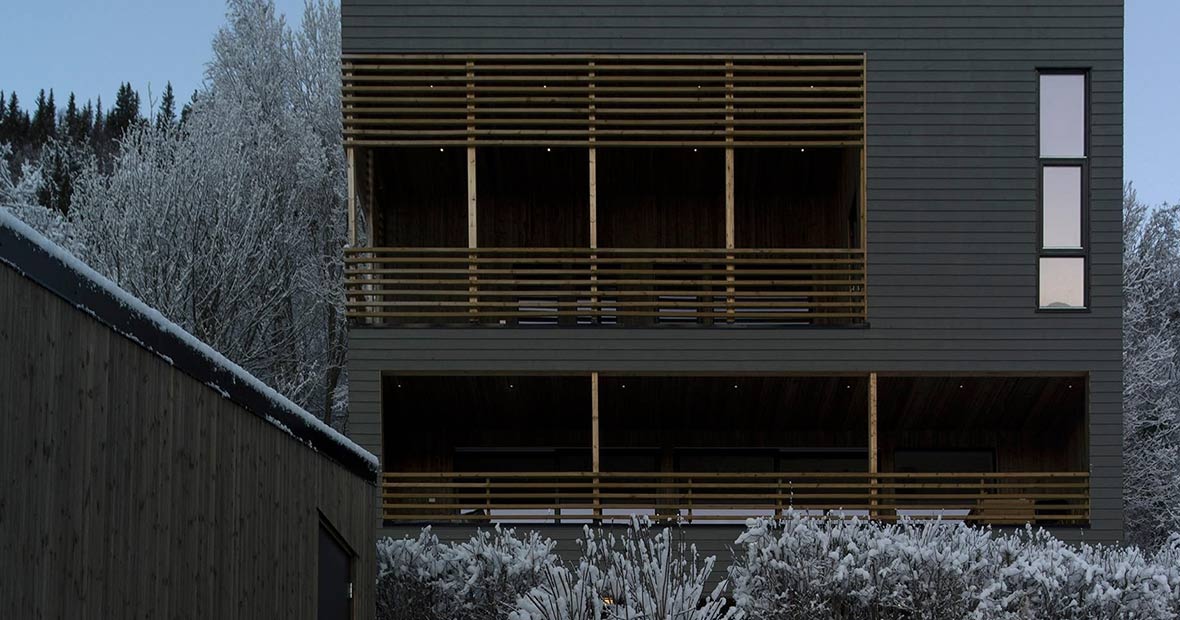
As an architect, who has worked on numerous projects, what are some of the challenges you have witnessed in your profession so far? How do you address them?
The major challenge our profession is facing is climate change. We constitute an industry that is responsible for around 40% energy consumption, that should make us take some major decisions in terms of the projects we do, the materials we use, and how we build. We see cities grow and take up every part of the land available. Even the land that under no circumstances is buildable. This, of course, changes when floods and storms increase. A lot of it happens because of a lack of knowledge or blatant ignorance. We need to get back to the roots of indigenous and traditional wisdom that was once available to all of us, but we have now turned our back too.
Is architecture much beyond form and function alone?
Do you believe it is, how would you explain that? I believe it is, holistic design or flex thermal design look at so many aspects, much more just object/function-based thinking. I think it is a question of making it a piece of art, if it follows a holistic design approach, is an open question. But art is more than just a form. Events in a landscape or interactions between people are more than just a function. Architecture has the potential to create something really sublime.
Tell us something about the accolades you have won so far.
There have been some design awards for projects like the landscape theater for Klemet, the Lithuanian Zen Garden, our ecotemple in Peru, and now our cabin in Senja. What those projects have in common is a holistic approach where we pay attention to the landscape creating a dialogue between the human and the natural aspect of the site. Also, I think it is a matter of how much energy and effort is put into a project from both a personal viewpoint and the community. Do you know the feeling of being one with the place which you are trying to develop? I think that once you feel this, others can sense that too. It is the soul of the project.
What is your take on events like Salone Del Mobile and Maison and Objet? How does it influence you as architects and designers? What are some of the other national and international events you attend?
We are now exhibiting our project “Il primo cerchio del paradiso” at Biennale de Venezia. This project examines the deeper connections between Norway and Venezia which were based on the trade of dried fish. I think it is wonderful to be able to do a project that resonates with the inhabitants. It can restore a sense of connection to your place and your past. In this project, we worked closely with reBiennale that is reusing materials from the old exhibitions, this way we are creating something environmentally friendly.
11
Cookie Consent
We use cookies to personalize your experience. By continuing to visit this website you agree to our Terms & Conditions, Privacy Policy and Cookie Policy.
